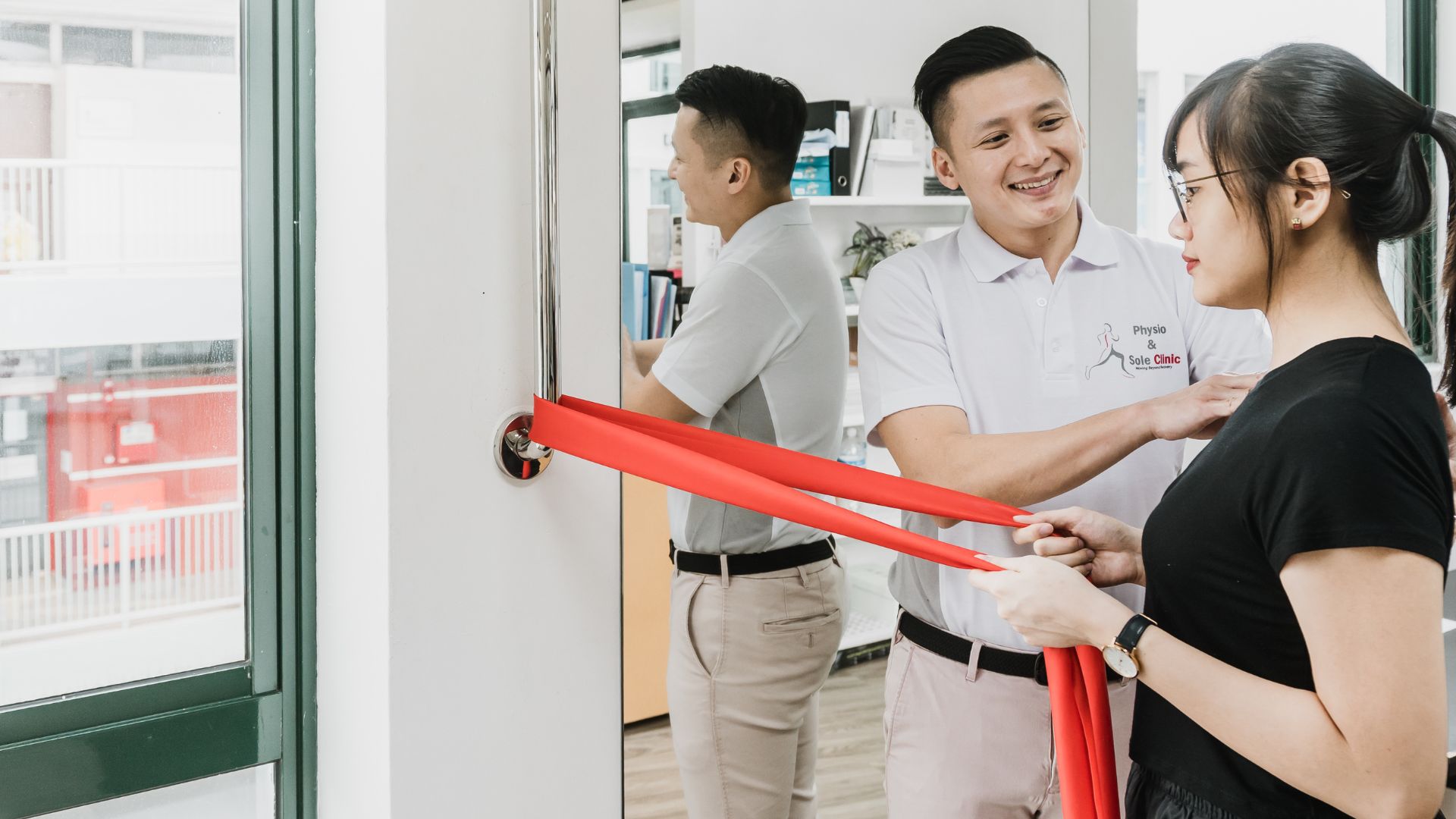Written by Kelvin Tay Kai Ming, Senior Group Partner & Principal Podiatrist at Physio & Sole Clinic
What is Cavus Foot?
At Physio & Sole Clinic, I often see parents who are concerned because their child’s feet “look different.” Sometimes they come in after a teacher or coach points it out. Cavus foot, also known as a high-arched foot, is one of the more common conditions we see in the clinic. It means the arch of the foot is much higher than usual, even when a child is standing. Unlike flat feet, which collapse downwards, cavus foot places more weight on the outer heel and ball of the foot.
This uneven pressure can lead to pain, ankle instability, calluses, and a higher risk of frequent sprains. Some children grow up with cavus foot without major issues, but I’ve also treated children where it was the first sign of an underlying neurological condition.
Identifying it early makes a huge difference in keeping children active, confident, and pain-free.
What are the causes of Cavus Foot in Children?

From my clinical experience, there are three main categories of causes:
- Hereditary (Familial Cavus Foot):
- I have seen siblings where both share the same high-arched structure inherited from a parent.
- These arches may stay stable over time and only need supportive care.
- Neurological Causes:
- Conditions such as Charcot-Marie-Tooth disease, cerebral palsy, muscular dystrophy, or spina bifida.
- These cases often present with progressive deformity and need close monitoring.
- Post-Traumatic:
- Less common in children, but after fractures or serious injuries, muscle imbalance can create a high arch.
In Singapore, hereditary cavus feet are what I most frequently see. That said, when the deformity worsens quickly, we will always check thoroughly to rule out neurological causes.
Is Cavus Foot Hereditary?

Yes, it often is. If one or both parents have high arches, there’s a good chance the child will too. But not every high arch causes issues. Some children simply have a foot shape that looks different but functions perfectly well.
What worries me more is when the cavus foot comes with symptoms such as pain, tripping, or frequent ankle sprains. That’s when I would recommend further evaluation.
What Does a Cavus Foot Look Like?

From a parent’s perspective, here are some of the signs to watch for:
- High arch that doesn’t flatten when standing.
- Toes that appear clawed or curled.
- Calluses on the ball, heel, or outside of the foot.
- Recurrent ankle sprains or unsteady walking.
- Shoes wearing out unevenly, especially on the outer edge.
- Complaints of foot pain after play or sports.
I often advise parents: if your child is tripping more than peers or struggling with shoe fit, it’s worth having their feet assessed.
How Do You Test for Cavus Foot?

At Physio & Sole Clinic, we use a combination of physical tests:
- Physical Examination:
- Observe arch height and heel position
- Assessment of joints flexibility and muscles strength
- Check for balance and posture
- Visual/Video Gait Analysis:
- Thorough analysis of lower limb movements during walking and/or running
- Thorough analysis of lower limb movements during walking and/or running
- Neurological Assessment:
- Muscle reflexes, and lower limb sensation are tested if needed
Does Cavus Foot Get Worse with Age?

Children with hereditary cavus feet usually stay stable over time. In many cases, simple support like well-fitted shoes or custom orthotics will be enough to maintain healthy feet posture.
On the other hand, neurological cavus feet can worsen over time, the arches may rise higher, and the foot may become stiffer as the child grows.
Hence, don’t adopt a “wait and see” approach. If you spot something unusual in your child’s feet, early assessment and treatment can make a big difference in preventing future problems.
Cavus Foot vs. High Arch: What’s the Difference?

This is one of the most common questions I get. Not every high arch is a cavus foot. Some children are just born with high arches and never have issues. Cavus foot is when that high arch leads to pain, instability, or deformity.
Complications of Cavus Foot if Left Untreated
If left unchecked, cavus foot can lead to:
- Repeated ankle sprains.
- Pain in the heel, ball, or arch of the foot.
- Skin changes like corns and calluses.
- Toe deformities, such as hammertoes.
- Early arthritis in the foot and ankle.
- Stress fractures.
- Progressive disability in neurological cases.
One case that sticks with me was a teenager who had been having ankle sprains for years. By the time she came to me, she had developed painful calluses, and her walking was badly affected. With earlier help, much of that could have been avoided.
How Do You Fix a Cavus Foot?

Treatment depends on the child’s symptoms and severity. I always start with the least invasive approach.
Non-Surgical Options
- Custom orthotics: These help redistribute pressure and improve stability.
- Supportive footwear: Wide toe boxes and cushioned soles can make a huge difference.
- Physiotherapy: Targeted strengthening and balance training.
- Bracing (AFOs): Useful for children with muscle weakness or drop foot.
Surgical Options
For rigid or severe cases, surgery may be considered. These can include:
- Tendon transfers to balance muscle pull.
- Osteotomies to realign bones.
- Plantar fascia release to lower the arch.
- Joint fusion in severe, rigid deformities.
The goal is always the same: to create a stable, pain-free foot that allows the child to walk, run, and play comfortably.
Can You Fix Cavus Foot Without Surgery?

Yes, most children do very well with conservative care. I’ve helped many young patients with cavus foot using orthotics, shoe adjustments, and exercise programmes. Surgery is reserved for cases where these measures aren’t enough.
Daily Life & Home Care Tips for Children with Cavus Foot

Here are some practical tips I usually share with parents:
- Invest in good shoes with cushioning and arch support. Avoid flimsy slippers.
- Break shoes in slowly and check for rubbing or blisters.
- Keep up with prescribed home exercises.
- Encourage low-impact sports like cycling or swimming if running causes discomfort.
- Regularly inspect your child’s feet for calluses or changes.
Can My Child Still Be Active?

With the right care, yes. I’ve worked with young athletes who continued their sports after being fitted with proper orthotics and strengthening exercises. Hereditary cavus feet often just need monitoring, while neurological cases need closer attention.
Conclusion: Managing Cavus Foot in Children
For parents in Singapore, understanding cavus foot is the first step in protecting your child’s mobility. While some high arches are harmless, others may signal an underlying condition. If your child has high arches, frequent sprains, or walking difficulties, don’t wait; get their feet checked by a paediatric podiatrist. Book an appointment with us today to ensure your child receives the right assessment and care.
From my experience, with timely treatment, children with cavus feet can continue running, playing, and growing confidently without being held back by pain or instability.






